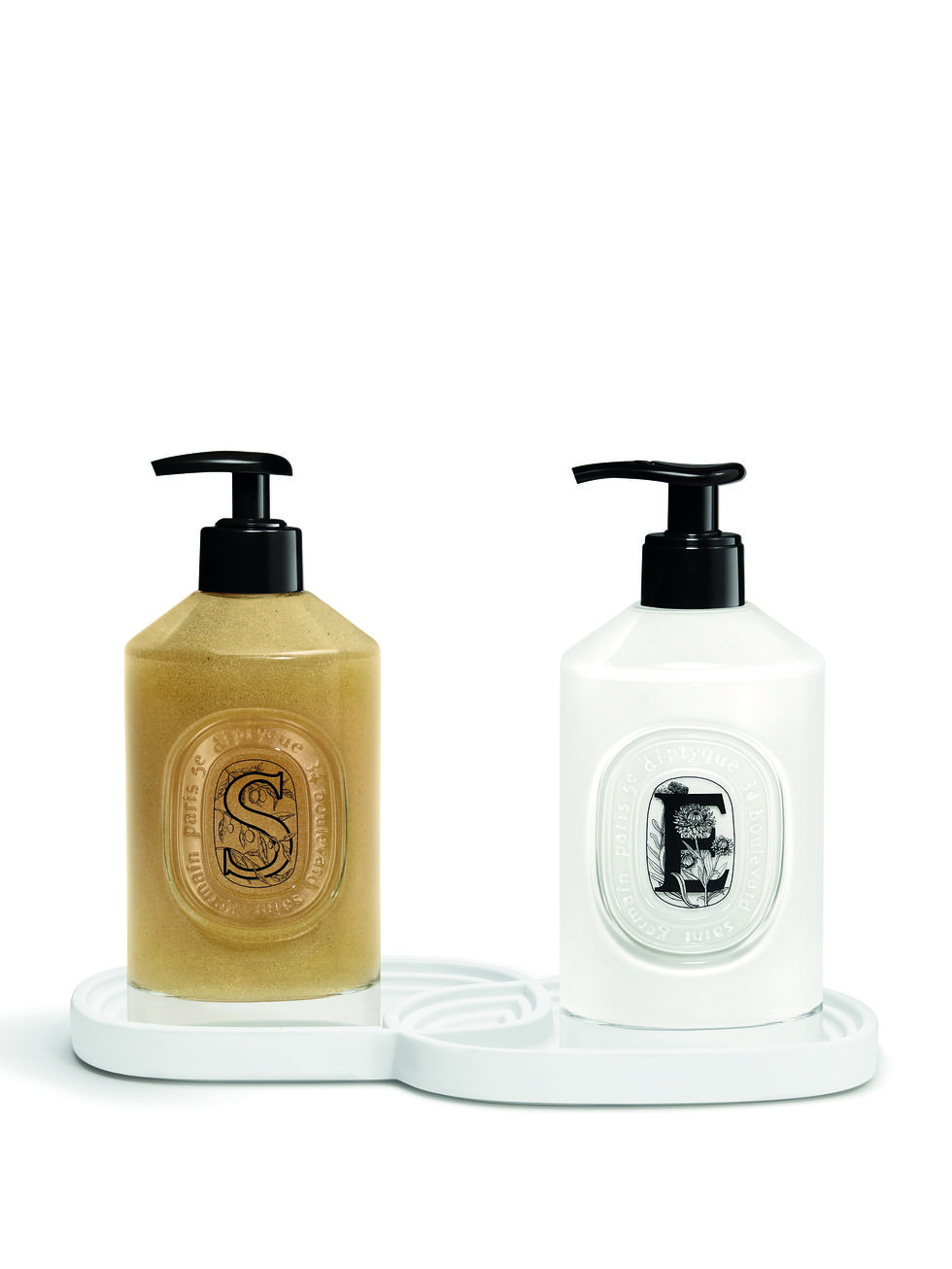Hair Extensions 101: Everything You Should Know
Whether you have thin hair that you're looking to bulk up, short hair that you want to lengthen, or are just in the mood to switch up your hairstyle without the commitment of a more permanent change, hair extensions are a great choice. The topic of hair extensions is vast and complex. There are a variety of different types - like hand-tied extensions, microlinks hair extensions, tape-in extensions, clip-in hair extensions, and halo hair extensions, to name just a few - and each kind has its own list of perks and drawbacks. Aside from the cost, you'll also want to know how to properly care for your hair extensions and how long they'll last before committing. If you're considering trying them for the first time, we're sharing everything you need to know about hair extensions with the help of four experts below. Types of Hair Extensions "There are many different hair types and application methods available, so you can experiment until you find the perfect look for you at a price point that suits your budget," Louise Bailey, founder of Hair Extensions London, tells POPSUGAR. Before we get into the different application types, let's go over the two main categories of hair extensions: real human hair extensions and synthetic hair extensions. "Human hair extensions are exactly what they sound like - they are made out of real, human hair from top to bottom, collected from a donor," says Julia Venturin, a hair-extension expert at Luxy Hair. "Remy hair means all the cuticles (the outer layer of the hair) are intact, running in the same direction at the time of collection. This allows for almost no tangling and ensures that the extensions remain smooth and silky throughout their lifetime." Synthetic hair extensions, on the other hand, are made out of various synthetic, blended fibers - no human hair. "These fibers are usually very fine, plastic fibers that are manufactured to imitate real human hair," Venturin says. Here, we're breaking down a few of the most common types of extensions. Clip-In Extensions View this post on Instagram A post shared by LVN Hair Extensions Factory (@lvn_hairextensions) Clip-ins are perhaps the easiest, least time-consuming way of adding length, thickness, and volume to your hair, and one of the best things about them is that you don't even have to see a professional to have them installed. "The good, quality clip-ins will look and feel natural, they will last years, there is no commitment, and you can fit and style them yourself," says Tatiana Karelina, owner of Russian hair-extensions company Tatiana Karelina. These types of extensions clip to your hair, and they come in handy when you want to change up your hair for a particular event or occurrence and don't want to commit to something more permanent. (You typically take them out after a day but can continue to reuse them for long after that.) Nowadays, clip-ins come in all kinds of lengths, textures, and colors, and you can usually buy them in packs. Tape-In Extensions View this post on Instagram A post shared by
:quality(85):upscale()/2022/09/23/860/n/1922153/eea979b9632e0b3a7d4745.54566070_.jpg)

Whether you have thin hair that you're looking to bulk up, short hair that you want to lengthen, or are just in the mood to switch up your hairstyle without the commitment of a more permanent change, hair extensions are a great choice.
The topic of hair extensions is vast and complex. There are a variety of different types - like hand-tied extensions, microlinks hair extensions, tape-in extensions, clip-in hair extensions, and halo hair extensions, to name just a few - and each kind has its own list of perks and drawbacks. Aside from the cost, you'll also want to know how to properly care for your hair extensions and how long they'll last before committing.
If you're considering trying them for the first time, we're sharing everything you need to know about hair extensions with the help of four experts below.
Types of Hair Extensions
"There are many different hair types and application methods available, so you can experiment until you find the perfect look for you at a price point that suits your budget," Louise Bailey, founder of Hair Extensions London, tells POPSUGAR. Before we get into the different application types, let's go over the two main categories of hair extensions: real human hair extensions and synthetic hair extensions.
"Human hair extensions are exactly what they sound like - they are made out of real, human hair from top to bottom, collected from a donor," says Julia Venturin, a hair-extension expert at Luxy Hair. "Remy hair means all the cuticles (the outer layer of the hair) are intact, running in the same direction at the time of collection. This allows for almost no tangling and ensures that the extensions remain smooth and silky throughout their lifetime."
Synthetic hair extensions, on the other hand, are made out of various synthetic, blended fibers - no human hair. "These fibers are usually very fine, plastic fibers that are manufactured to imitate real human hair," Venturin says.
Here, we're breaking down a few of the most common types of extensions.
Clip-In Extensions
Clip-ins are perhaps the easiest, least time-consuming way of adding length, thickness, and volume to your hair, and one of the best things about them is that you don't even have to see a professional to have them installed.
"The good, quality clip-ins will look and feel natural, they will last years, there is no commitment, and you can fit and style them yourself," says Tatiana Karelina, owner of Russian hair-extensions company Tatiana Karelina.
These types of extensions clip to your hair, and they come in handy when you want to change up your hair for a particular event or occurrence and don't want to commit to something more permanent. (You typically take them out after a day but can continue to reuse them for long after that.) Nowadays, clip-ins come in all kinds of lengths, textures, and colors, and you can usually buy them in packs.
Tape-In Extensions
What's Your Reaction?























:quality(85):upscale()/2024/01/25/878/n/1922153/f94f61ec65b2bf18018990.47538761_.jpg)

:quality(85):upscale()/2024/01/26/759/n/29590734/b7f6660b65b3e8460d7196.77057039_.jpg)
:quality(85):upscale()/2024/01/27/741/n/1922153/8d43a26665b533b214de01.38307153_.jpg)






:quality(85):upscale()/2024/01/24/935/n/1922153/1b51b82c65b180d35cdcf7.46921323_.jpg)

:quality(85):upscale()/2024/01/11/865/n/1922153/021706bd65a0457d3a5743.38121239_.png)